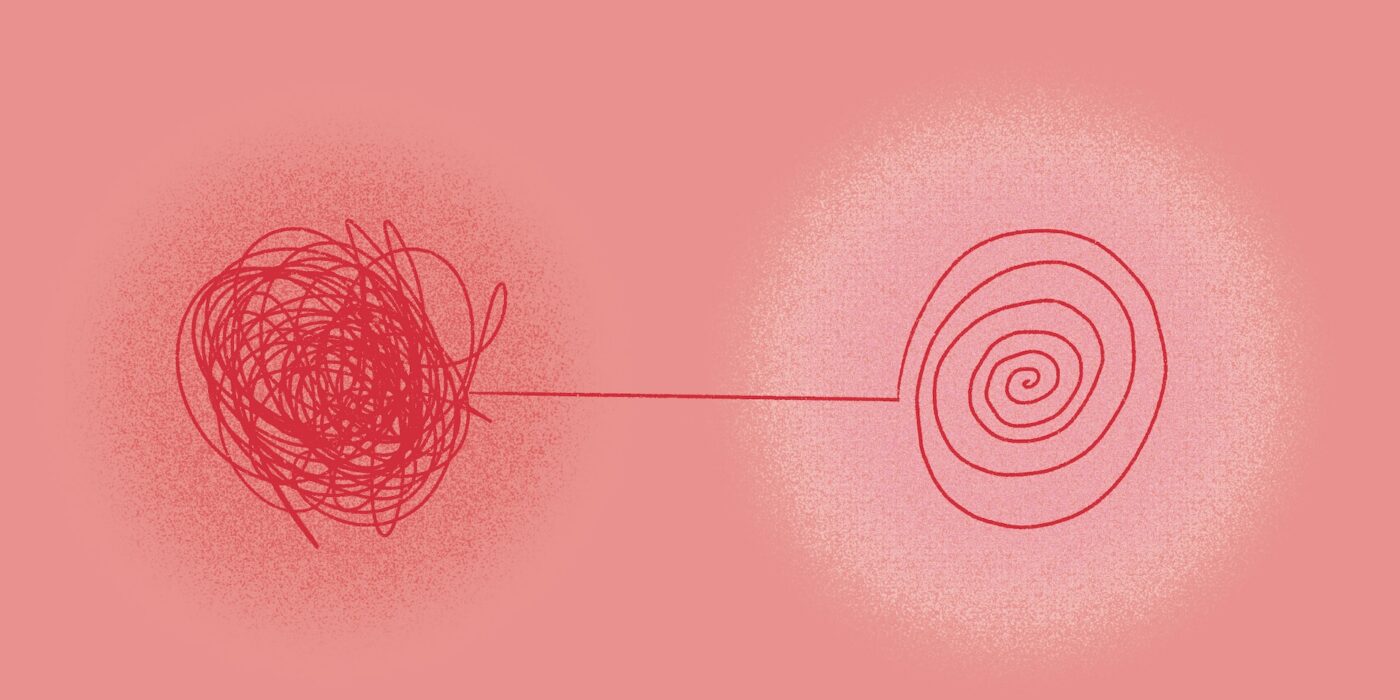Starting in your brainstem and meandering down your body, two branches of an information highway connect to your chest, heart, lungs, abdomen and intestines. These conduits, called the vagus nerves, pass signals back and forth between your brain and other organs, helping control heart rate, digestion and more.
For decades, doctors have known that tapping into this highway can have medical benefits. Stimulating the left vagus nerve can relieve epilepsy symptoms and aid in stroke recovery, for example. Now, a WashU Medicine study has demonstrated that for those with debilitating depression, the treatment can be life-changing.
To stimulate a vagus nerve, a surgeon implants a small, pacemaker-like device under a patient’s skin. The device sends painless electrical impulses into the left vagus nerve in the neck region, which in turn communicates with the brain. In the new study, nearly 500 participants with treatment-resistant depression had such devices implanted.
On average, these patients had each pursued a staggering 13 types of antidepressant treatment unsuccessfully. Due to the severity of their symptoms, at least three-quarters of them were unemployed.
“These patients are extremely ill, and most have been for a very long time,” says Charles R. Conway, MD, professor of psychiatry at WashU Medicine and the principal investigator of the trial. Such severe depression can render people “paralyzed by life,” he says, unable to accomplish the tasks of daily living.
“What’s really important here is that patients themselves were reporting that their lives were improving.”
Charles R. Conway, MD
For one year, Conway and his collaborators switched on 249 of the devices, leaving the remaining 244 inactivated. All participants continued seeing their existing mental-health providers during the trial. For the 12-month study window, they were encouraged to continue any previous medications but discouraged from starting new ones.
Starting in month three, the researchers used multiple assessment tools to regularly track the participants’ symptoms. Off-site researchers conducted some of the evaluations, and patients also reported on their own quality of life.
The researchers found encouraging trends, especially during the last three months of the study. Participants with their devices turned on experienced significantly more time with improved depressive symptoms on several measures than the control group did. They also reported an improved ability to carry out day-to-day tasks along with an improved quality of life.
“What’s really important here is that patients themselves were reporting that their lives were improving,” Conway says.
His team has continued monitoring the patients following the initial 12-month trial, and many of them are still experiencing antidepressant benefits into a second year and beyond. Conway is also now studying whether the therapy assists with reducing suicidal ideation in those with treatment-resistant depression.
Because of the surgery component and the cost of the device, most insurance providers don’t approve vagus nerve stimulation for treatment-resistant depression — but the WashU study may change that trend.
The trial was designed in collaboration with the Centers for Medicare and Medicaid Services (CMS), with the goal of providing CMS the data it needs to better understand the treatment’s effectiveness. Because many private health insurance companies follow CMS’s lead, a decision by CMS to cover the device and the implantation surgery could make the therapy available to many more people in dire need of relief.



